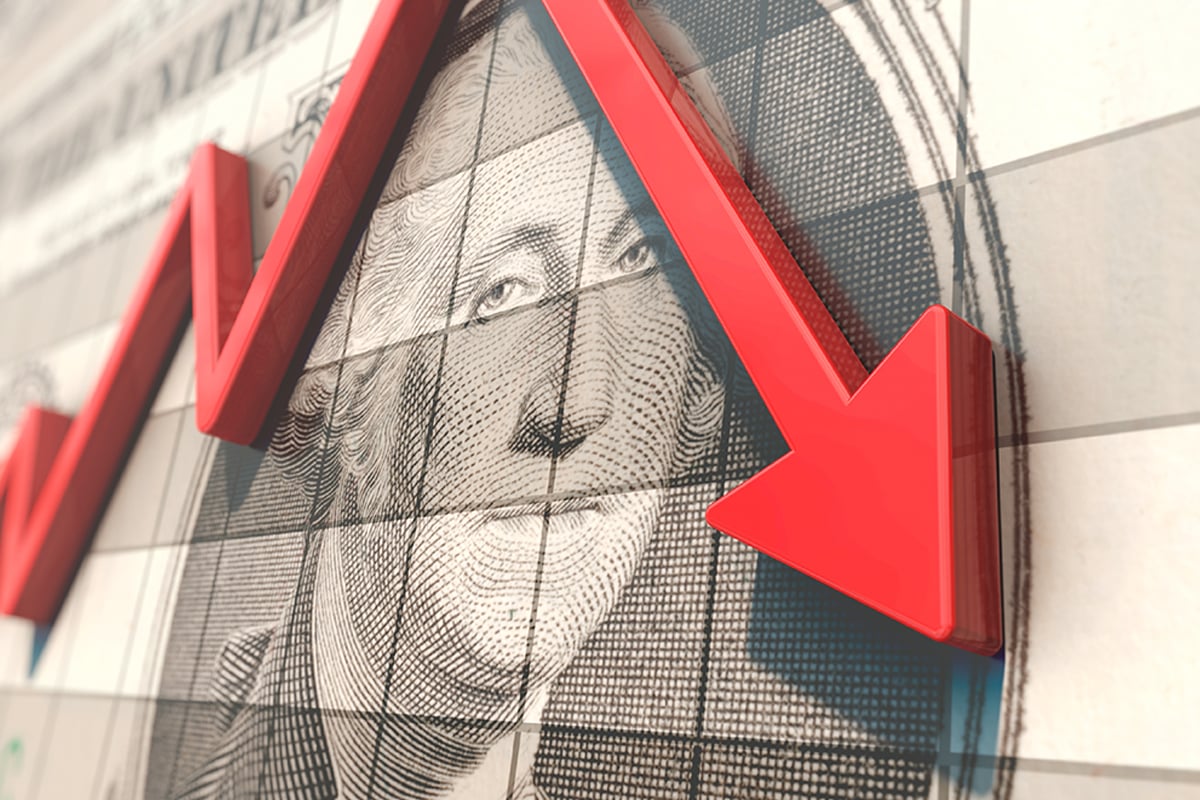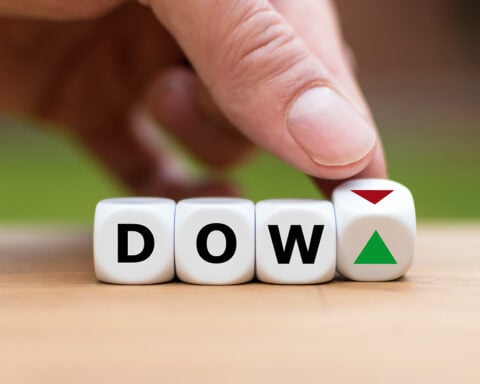Recent years have witnessed a remarkable surge in interest rates, spurred by a series of 11 rate hikes orchestrated by the Federal Reserve between March 2022 and July 2023. This surge has opened doors for savers, offering an opportunity to earn attractive returns on high-yield savings accounts, some boasting rates exceeding 5.00%.
However, amidst signs of economic moderation, the Federal Reserve has hinted at a need for rate adjustments, contingent upon the stabilization of inflation and pricing trends. Though 2024 has seen no rate cuts yet, indicators suggest that changes could be on the horizon before summer sets in.
The looming potential reduction in interest rates presents a conundrum for individuals aiming to maintain their high returns. One avenue gaining traction is the use of certificates of deposit (CDs). Similar to savings accounts, CDs provide FDIC insurance, ensuring protection against loss. Unlike savings accounts, CDs lock in a specified interest rate for a set period, ranging from three months to five years.
By opting for a CD, investors can secure their current high returns, shielding themselves from potential rate decreases initiated by the Federal Reserve. However, it’s crucial to bear in mind that early withdrawal from a CD often incurs penalties, necessitating careful deliberation before investing.
CDs prove ideal for funds earmarked for future expenses surpassing the CD’s term, such as saving for a down payment on a home or financing a child’s education. Conversely, they may not be suitable for emergency funds requiring immediate access or for long-term investments best suited for brokerage accounts.
For investors eyeing a longer time horizon of five years or more, alternative investment avenues like S&P 500 index funds may promise greater potential returns. Historically, the S&P 500 has delivered average annual returns of 10%, outstripping the yields typically associated with CDs.
Despite the allure of higher potential returns, the choice between investing in CDs or alternative instruments hinges on individual financial objectives and risk tolerance. While CDs offer stability and guaranteed returns, they lack the flexibility of brokerage accounts and may not optimize long-term investment growth.
Given the anticipated actions of the Federal Reserve and their potential impact on interest rates, savers are encouraged to carefully assess their financial strategies. Evaluating the need for liquidity, weighing the trade-offs between risk and reward, and contemplating future financial goals are crucial steps in navigating the evolving economic landscape.
As the specter of declining interest rates looms, proactive measures such as diversifying investment portfolios, exploring alternative savings vehicles, and staying abreast of market developments can equip individuals to adapt and thrive amidst shifting economic conditions.







